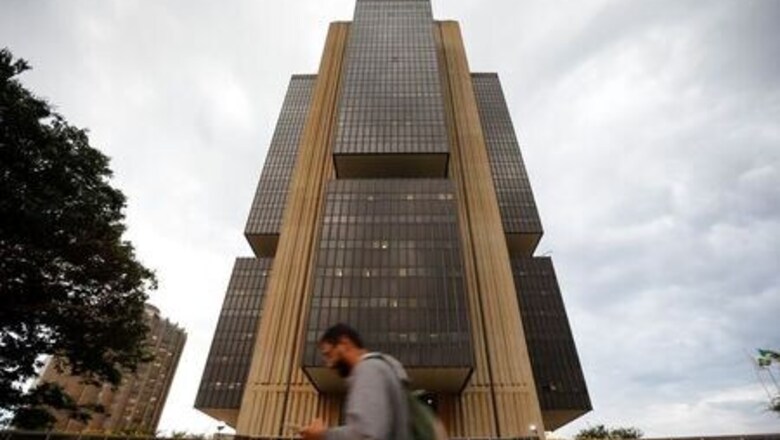
views
BRASILIA Brazil’s central bank has adopted a new “forward guidance” strategy to keep interest rates and bond yields low, bring inflation up to target and stimulate the economy’s fragile recovery from the COVID-19 crisis.
The move, outlined last week when the bank cut its benchmark Selic rate to a low of 2% and explained in meeting minutes on Tuesday, highlights a reluctance to cut rates further, and even more so to indulge in bond-buying quantitative easing.
Strictly speaking, it is not a brand new policy for the bank’s rate-setting committee, known as Copom. The practice of reassuring markets that interest rates will not be raised for months or even years was briefly implemented under the presidency of Alexandre Tombini in late 2012 to early 2013, when the Selic was a then-low 7.25%.
Forward guidance is used more often by central banks like the U.S. Federal Reserve and Bank of England in developed economies to sustain monetary stimulus when interest rates are zero or have hit the so-called “effective lower bound.”
It is less common in emerging markets, where economic, fiscal and financial market vulnerabilities are often greater. In Tuesday’s minutes, Brazilian policymakers highlighted potential risks from further rate cuts to financial stability and asset markets and made no mention of QE.
Instead, forward guidance will be used to assure markets that the Selic rate will be kept low for a considerable period of time – and may yet be slightly lowered further – in the hope that market rates for the next few years will also stay low.
Alexandre Schwartsman, a former central bank director, said it is clear Copom is becoming increasingly uncomfortable with the Selic rate so low.
“Therefore, in order to reconcile the need for additional stimulus with limitations on the use of the Selic rate, (Copom) decided to resort to forward guidance despite acknowledging the difficulties inherent to this additional instrument,” he said, referring to the risks in terms of stability and market impact that the rate-setting committee itself mentioned.
Despite the challenges it faces, Copom said forward guidance was the strategy that offered “the best cost-benefit ratio” and would help keep borrowing costs on the “intermediary part” of the yield curve in check.
Copom said the policy will be asymmetric. That is, rates will not be raised, assuming certain conditions surrounding the outlook for inflation and the government’s fiscal policy are met, but could still be cut.
“This forward guidance should be conditional on inflation expectations,” Copom said, looking ahead to 2021 as well as 2022.
It will also be conditional on fiscal stability, “since its rupture would imply significant changes to the structural interest rate of the economy,” and on long-term inflation expectations remaining well-anchored, Copom added.
The initial reaction in financial markets, however, was perhaps not what Copom would have wanted.
January 2021 interest rate futures fell a couple of basis points to 1.86%, but implied rates on January 2023 contracts rose by more to 3.86%, steepening that part of the rates curve to its highest in two weeks.
Other parts of the curve going out a couple of years further hit the steepest since late June.
“The minutes bring a new approach for monetary policy – and a dangerous one,” said a senior trader in Sao Paulo.
“The main gauge of success for this strategy is both the shape of the curve and implied inflation,” he said, noting that inflation may be tame but parts of the curve are steepening.
Disclaimer: This post has been auto-published from an agency feed without any modifications to the text and has not been reviewed by an editor




















Comments
0 comment